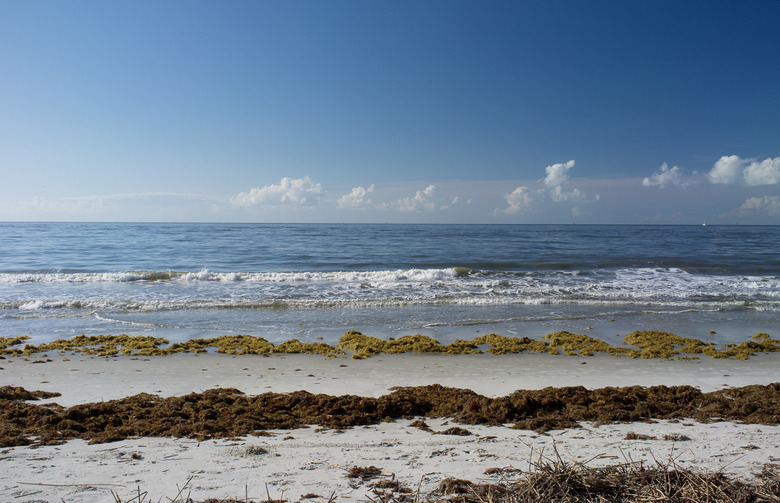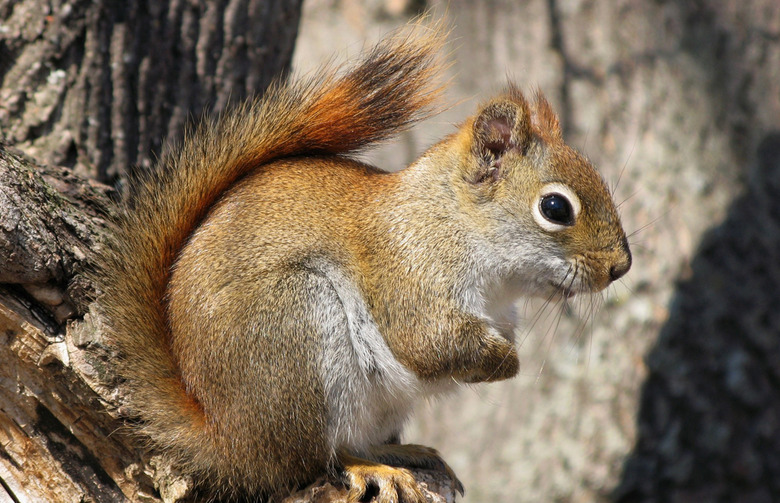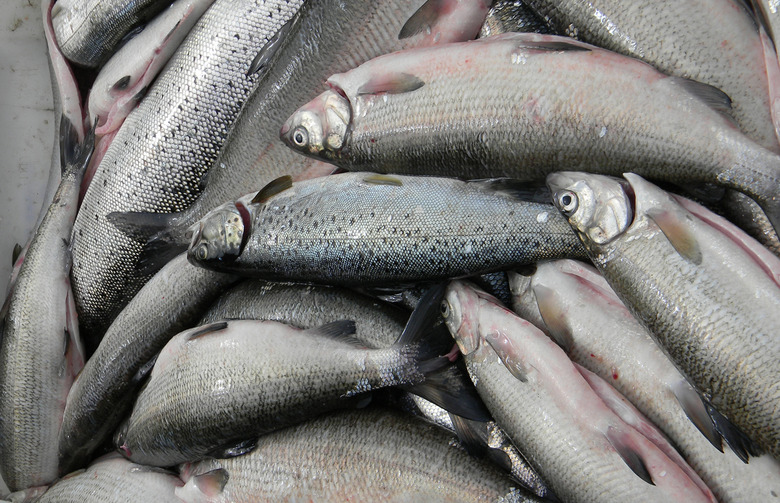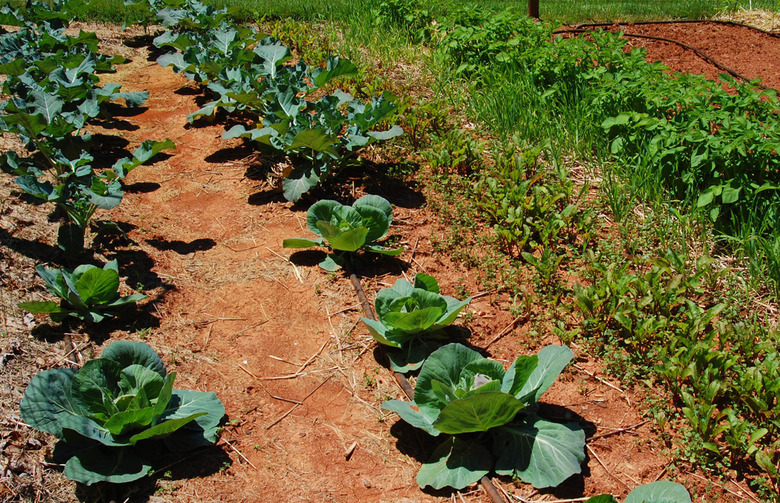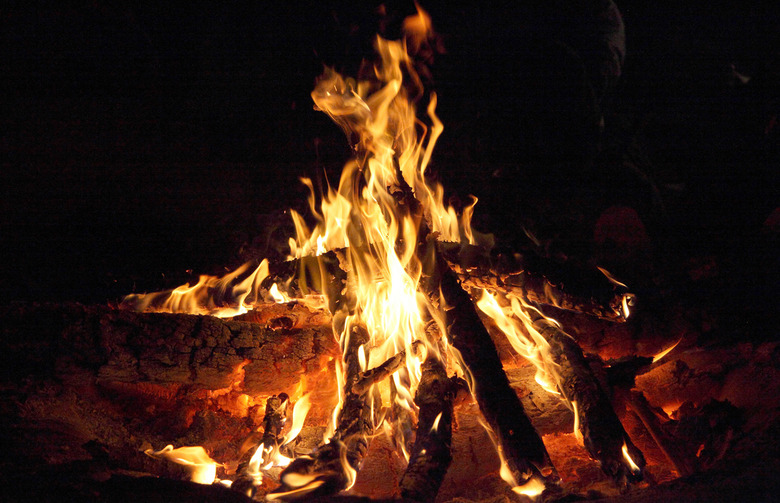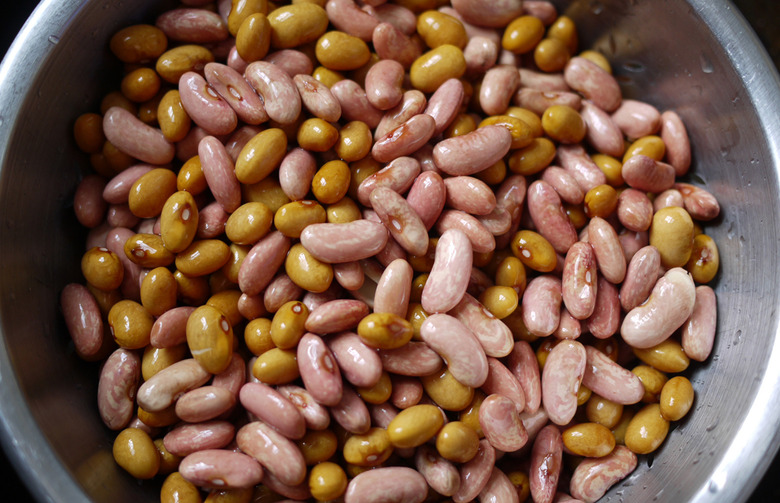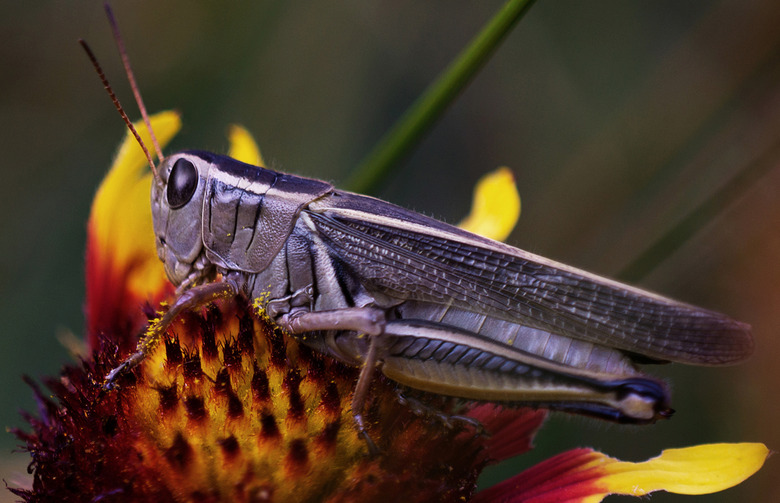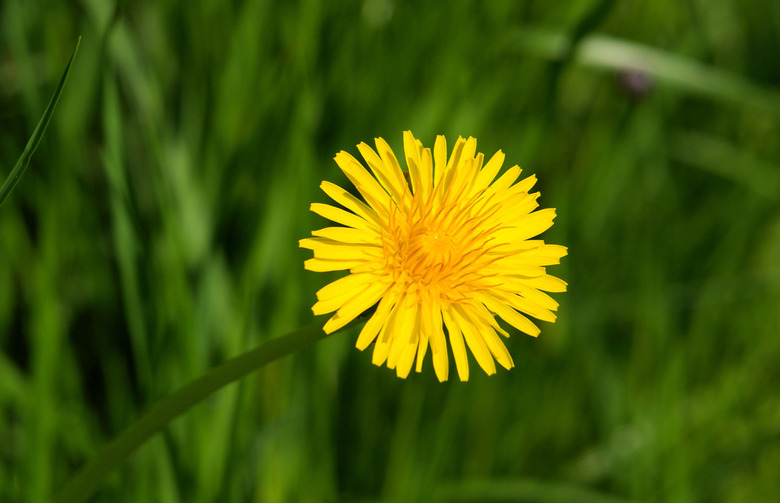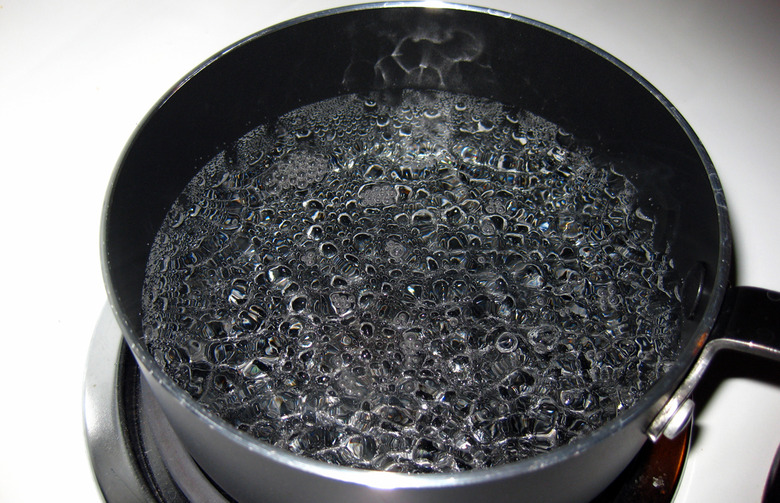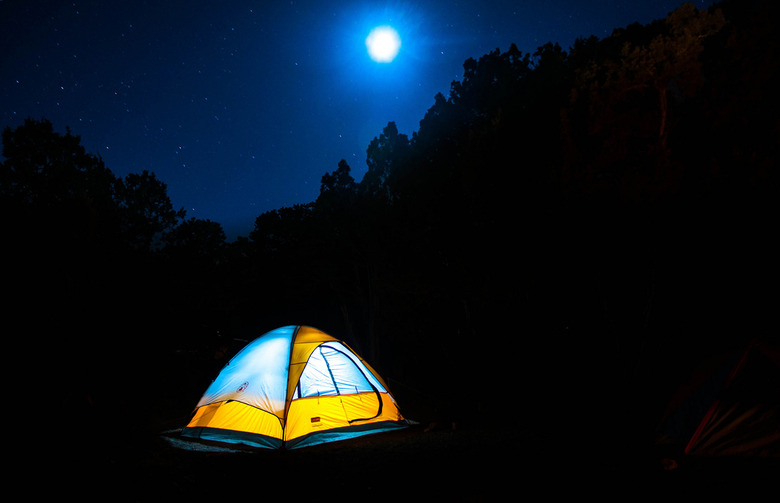How To Eat Off The Grid When The Apocalypse Comes Slideshow
While the apocalypse could be a while off, The Walking Dead taught us that zombies are not to mess with. We talked with Cody Lundin, founder, director, and lead instructor of the Aboriginal Living Skills School in Arizona, who turned his personal interest in doing more with less into a school that's taught survival skills for 25 years. In the event that the undead – or any other unforeseen apocalyptic nightmares – become a reality, you'll need to know about these 10 things about eating off the grid.
1. Foraging
Lundin stresses that advice for foraging depends on what bio-region you're in. "In Montana in January, you're probably going to end up being foraged upon and cannibalized by someone who eats you," he jokes. Coastal areas are best for foraging, as high concentrations of native people used to rely on coastlines for fish, mussels, clams, abalone, and other sustenance. Try your best to get to the ocean for prime foraging.
2. Hunting
Lundin says eating rodents and small animals has often kept people alive during trying times. When disaster strikes, it doesn't matter whether you're in the woods or in an urban environment. Either way, the easiest catches for inexperienced hunters are mice, rats, pigeons, squirrels, and insects. "That's what a lot of urban areas have all over the U.S., and those of course would all be on the menu," Lundin says. Many indigenous people would go after rodents and small animals until they perfected hunting deer. He advises to always have rat and mouse traps around, whether for hunting purposes or for keeping them away from your personal food storage, like bags of flour or rice.
3. Fishing
4. Growing Your Own Vegetables
Lundin stresses the need for non-hybrid seeds (seeds that can be used again each year to regenerate plants). Typical store-bought seeds aren't reusable, so make sure you search specifically for non-hybrid ones. "You'd need six months [for a garden to grow], and people tend to need food before then, so if your survival plan is to grow a garden with no other food it means you die," Lundin advises. Other aspects to keep in mind: good earth, a reliable water source, and significant amounts of sunshine.
5. Campfire Cooking
One of the most vital tools for survival is a good metal pot with a tight-fitting lid and a handle on top to hang above a fire, according to Lundin. It saves on fuel, cooks food faster, and keeps things out. "You can put [in] whatever nasty stuff you might have, boil it, and make soups and stews," Lundin says. "It was very common back in the day, if you research famine." Another dining option? Ashcakes, or flour mixed with water that cook directly on top of the coals. Squash are great for burying in the coals to cook before cutting them open to eat.
6. Non-Perishable Ingredients
If you're on the move, prime edibles to carry are dried foods like chopped ramen or rice, as well as meals ready-to-eat that only require hot water. Camping meals from the store are always a good bet because they're usually freeze-dried and not too heavy. Staying in one place gives you more freedom, and canned goods are a reliable option, as are grains, rice, beans, and lentils. Lundin says buying a 25-pound bag of beans at the store means more bang for your buck, but you do have to be able to cook them – meaning a pot, a water source, sufficient fuel, and enough time.
7. Edible Insects
It depends on the time of year, but Lundin says most grasshoppers and crickets are a safe bet. Some insects are toxic, though, so grab a field guide and be careful when it comes to caterpillars. Worms are a great source of protein and good for compost – if you don't clean them out first, they'll taste crunchy due to the dirt and sand inside. If you're squeamish about chowing down on bugs when the apocalypse comes, grind them down into a protein powder and add it to food as a supplement.
8. Edible Flowers
Edible plants depend on time of year and region, so a field guide with pictures would come in handy. Lundin cites cattails as a useful edible plant because it's found near the water in 49 states. At each time of the year, a part of the plant is edible – winter yields the rhizomes, or roots, spring produces the inner stalk, and later on, the flower head and yellow pollen become edible. The plant can also be useful for creating sleeping mats, shelters, insulation, and fire. Other plant options include the entirely edible dandelion.
9. Water Disinfection
The oldest and easiest way to disinfect water is by boiling it. "Here comes that pot we talked about already, so we can cook our food, and we can also disinfect water that's funky," Lundin says. This is for water-borne pathogens only – parasites, protozoa, viruses, and bacteria – that can all be destroyed sooner or later with heat. But other chemicals in some water, like pesticides, oil, and shampoo, won't be defeated by boiling. A filter is the best option for those, although Lundin stresses that no filter will take care of 100 percent of chemicals.
10. Tools to Have on Hand
"A good, general purpose 'bug-out kit,' for lack of a better term, is simply what a backpacker would carry going to the mountains," Lundin says. Include a tent, sleeping bag, portable stove, water bottles, camping meals, cash just in case, and a reliable first-aid kit. Test out your backpacking gear and make sure you know how to use it so you're ready whenever the time may come to use it.
